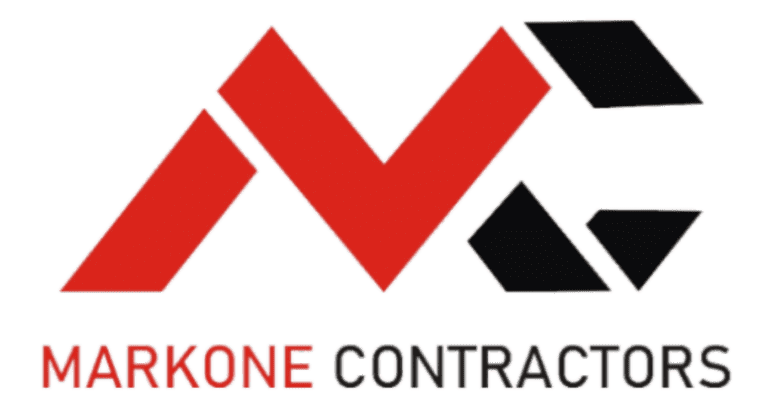What is Structural Integrity of a Building?
The backbone of any enduring structure, structural integrity is the linchpin that guarantees a building’s stability and safety throughout its lifespan. This article ventures into the essence of what defines the structural integrity of a building, unraveling the multifaceted elements that contribute to its robustness. From the quality of materials and construction techniques to the impact of environmental conditions, we will explore the diverse factors that shape structural integrity. Additionally, the narrative will address common issues faced in maintaining this critical aspect of construction and highlight the pivotal role of regular inspections and maintenance in preserving a building’s strength and security over time. By understanding and prioritizing these fundamental aspects, property owners and construction professionals alike contribute to the creation and maintenance of buildings that stand as resilient testaments to structural excellence.

Factors Affecting Structural Integrity
Design and Construction
The initial design and construction play a pivotal role in determining the structural integrity of a building. Poor planning or the use of substandard materials can result in weaknesses that may manifest over time.
Material Quality
The quality of construction materials is a critical factor. Inferior materials are more prone to degradation, corrosion, and structural weaknesses, compromising the overall integrity of the building.
Environmental Factors
External elements such as weather conditions, seismic activity, and soil quality can impact structural integrity. Buildings in areas prone to earthquakes, for instance, require different considerations in their design and construction.

Common Structural Issues
Foundation Problems
Issues with the foundation can significantly jeopardize structural integrity. Cracks, settling, or shifting foundations can lead to a cascade of problems throughout the building.
Corrosion and Rust
In regions with high humidity or proximity to corrosive elements, metal components are susceptible to rust. Regular inspections are crucial to identify and address these issues before they compromise the structure.
Your Structural Checkup with MarkOne Contractors!
Contact us for a FREE estimate with our specialized general contractor.

Load-Bearing Components
The strength of load-bearing elements, such as beams and columns, is vital. Any compromise in these components can lead to structural failures, making regular inspections essential.
Inspection and Maintenance
Regular Inspections
Frequent inspections by qualified professionals are key to identifying potential issues before they escalate. Regularity in inspections ensures early detection and timely intervention.
Repair and Restoration
Addressing structural issues promptly through repairs and restoration is critical to maintaining integrity. Ignoring problems can lead to more extensive damage and higher repair costs.
Role of Professionals
Engaging structural engineers and professionals in maintenance is essential. Their expertise ensures a comprehensive understanding of the structure’s health and the implementation of necessary measures.

Technologies Ensuring Structural Integrity
Advanced Materials
Innovative construction materials contribute to enhanced structural integrity. These materials offer better durability, resistance to environmental factors, and increased load-bearing capacity.
Monitoring Systems
Technological advancements in structural monitoring systems provide real-time data on a building’s health. These systems enable proactive measures to be taken, preventing potential issues.
Innovative Construction Techniques
Modern construction techniques prioritize structural integrity. Innovations such as 3D printing and modular construction contribute to creating more robust and durable structures.
Building milestones, one estimate at a time!
Contact us for a FREE estimate with our specialized general contractor.

Importance of Structural Integrity in Different Environments
Residential Buildings
For homes, ensuring structural integrity is vital for the safety and well-being of occupants. Routine maintenance and periodic inspections are essential to address issues early on.
Commercial Structures
Commercial buildings, being high-traffic spaces, require stringent adherence to structural integrity standards. Regular inspections are crucial to identify and rectify any potential problems.
Industrial Facilities
In industrial settings, structural integrity is paramount due to heavy machinery and equipment. Rigorous maintenance schedules and robust construction are imperative.
Future Trends in Structural Engineering
Sustainable Design
The future of structural engineering leans towards sustainable design practices. Environmentally friendly materials and energy-efficient construction methods contribute to both structural integrity and ecological responsibility.
Integration of Smart Technologies
The incorporation of smart technologies, such as sensors and AI, is poised to revolutionize structural monitoring. These technologies provide real-time data for predictive maintenance, ensuring optimal structural health.

Research and Innovations
Ongoing research in structural engineering continues to yield innovative solutions. Advancements in materials, construction techniques, and design principles contribute to the evolution of structural integrity standards.
FAQs
Look for cracks in walls, uneven floors, and doors that don’t close properly. These may indicate potential structural problems.
Regular inspections, at least annually, are recommended. However, high-risk areas may require more frequent assessments.
The severity of the issue determines the course of action. In many cases, prompt repairs can address structural problems.
Routine maintenance tasks like cleaning gutters and ensuring proper drainage can help, but structural inspections should be left to professionals.
Building codes establish minimum standards for construction, ensuring that structures meet safety and integrity requirements.
Conclusion
In conclusion, the structural integrity of a building is a multifaceted concept that requires attention from the initial design stages to ongoing maintenance. Prioritizing quality materials, regular inspections, and embracing technological advancements are key to ensuring buildings remain safe and resilient.
